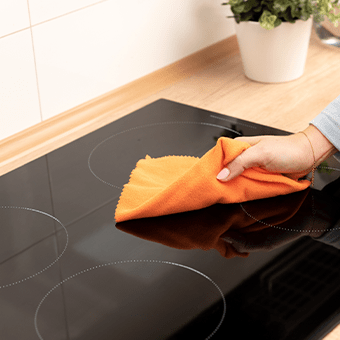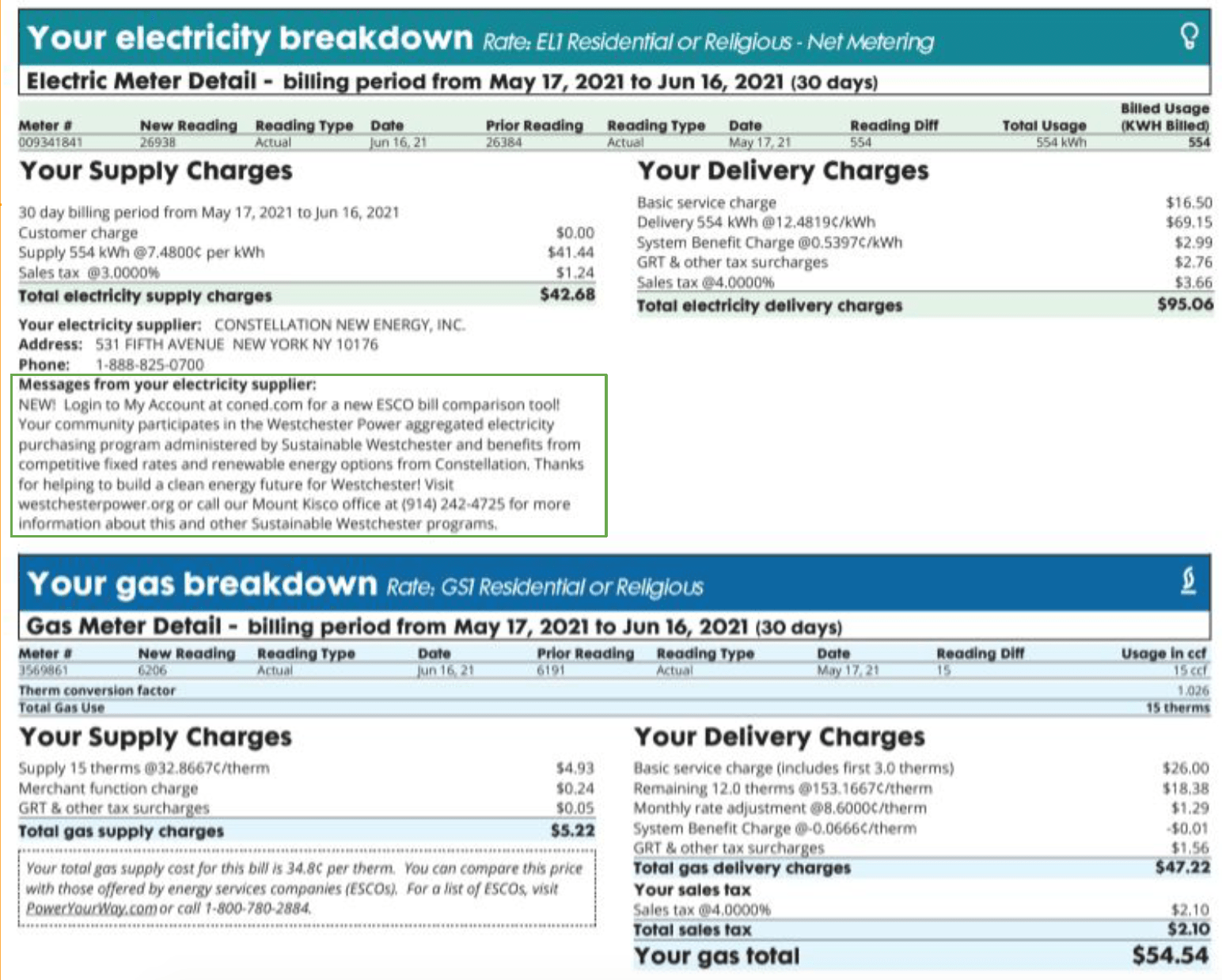Stovetop Cook Off: How Induction Stoves are healthier,
faster and more energy efficient!
By Amy Liang, EnergySmart Homes
Home is where the heart is. Cooking at home brings delicious meals, but it can also bring a host of air contaminants and unsafe cooking conditions. Conventional gas stoves lead to unhealthy indoor air quality in your home. They emit nitrogen dioxide, carbon monoxide, formaldehyde, and other harmful chemicals, which is exacerbated when gas stoves are not paired with an exhaust ventilation hood.
A study from Lawrence Berkeley National Laboratory and Stanford University found that gas burners contribute 25-39% higher concentrations of nitrogen dioxide and 21-30% higher concentrations of carbon monoxide. When high levels of these toxins are introduced into our living environment, they can pose a significant threat to the health of our loved ones. They can worsen or trigger respiratory and cardiovascular diseases, especially for those with asthma, emphysema, or other preexisting health conditions.
You may ask then, what are alternative options to gas stoves? There are three main types of stoves: gas, electric, and induction. The chart below compares these three technologies, in terms of health, energy efficiency, cooking capacity, and environmental impacts.



Induction stoves prove to be the best alternative to conventional gas and electric stoves. These stoves are healthier, faster, safer, and the most energy efficient and environmentally-friendly out of all the options. To power the range, the induction stove works by sending electromagnetic currents directly into your pots and pans – therefore, heating your food directly rather than just the cooktop surface. In addition to these benefits, there are no open flames to worry about, so there’s less fretting over accidental fires, messes, or safety risks for your children.
There are a few things to keep in mind when making your next purchase. Induction stoves are generally more expensive and less available than electric or gas stoves. However, in recent years, prices have dropped significantly due to their growing popularity – making them a more attainable investment for the future of your health and the environment. Additionally, induction stoves are limited to certain cookware. They can’t be paired with copper, aluminum, and ceramic wares, but they work with anything that is magnetic. This includes most stainless steel, cast-iron, non-stick and other common cookware.
Electric stoves are also a good option compared to conventional gas stoves. Similar to induction stoves, they don’t release harmful particles into your home and environment. However, they can also be the least energy efficient option and be the slowest to heat up.
Whether you’re looking to replace your old gas stove due to usability or environmental reasons, now is the time to switch! Using a conventional gas stove to cook your meals 3x a day contributes to high levels of toxins from the burning of fossil fuels. To avoid this, switch over to stoves where you can eliminate harmful emissions. You can also reduce your carbon footprint even further by pairing these electric systems with a renewable energy source like solar, making your kitchen more efficient and your home EnergySmart!
WANT TO LEARN MORE? Check out:
- NYSERDA, “The Buyer’s Guide to Induction Cooktops”
- ReWiring America, Induction Stove Tax Credits Info
- Mother’s Out Front
- Leaf Score
- You’re Being Gaslit , Full Frontal with Samantha Bee















































































